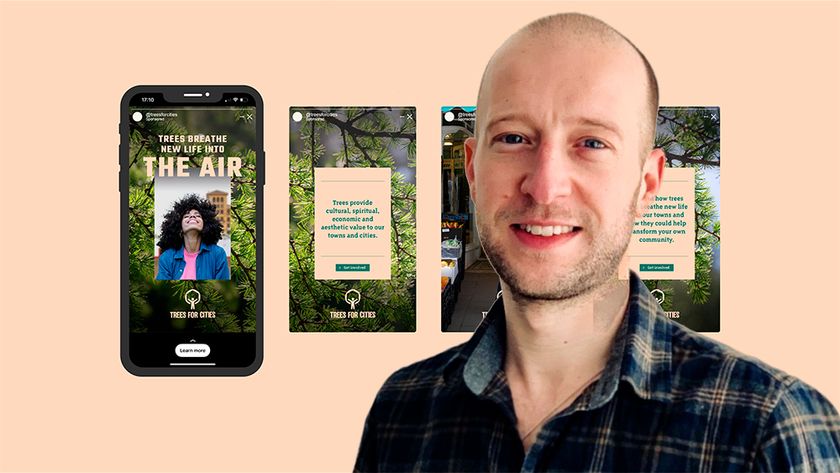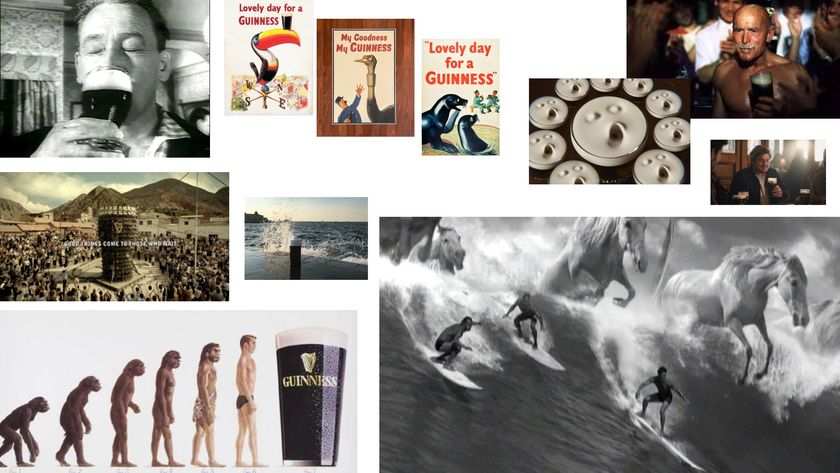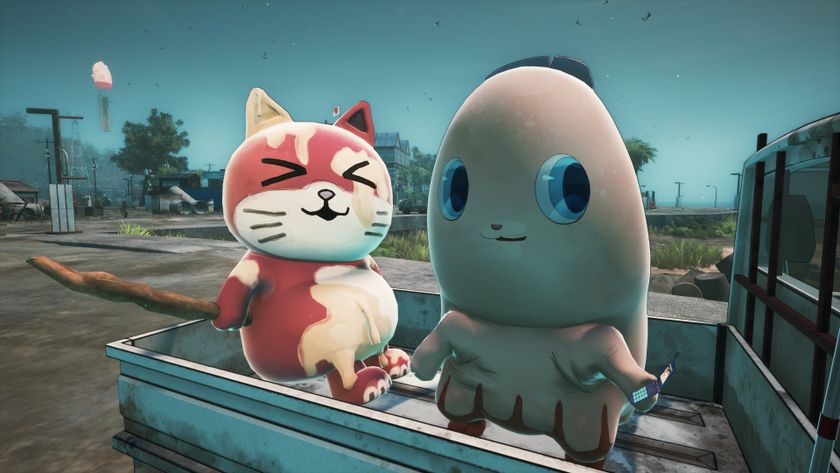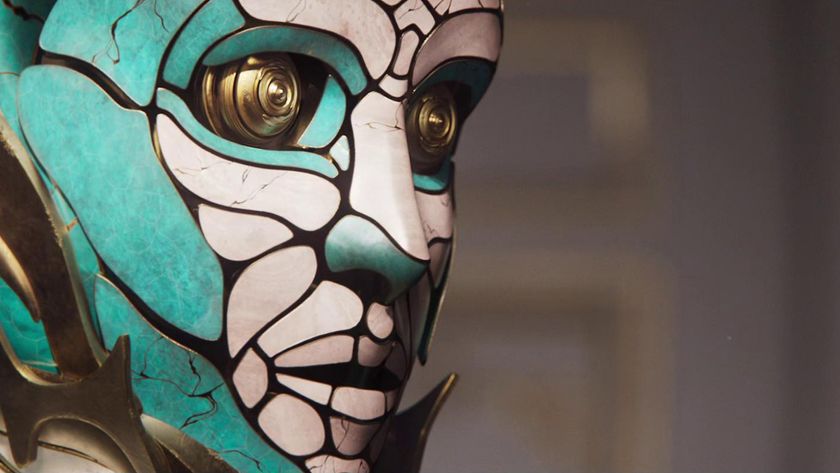Use social media to get design work: 25 pro tips
Social media is not just for abusing celebrities and finding your ex-partners. It can get you work too. We reveal how.
Social media isn't just for annoying famous people or wasting time when you're supposed to be working. Used in the right way, it's a great resource for boosting your career, enabling you to find inspiration, get advice from your peers and boost your profile. In this article we reveal how to network with designers via Twitter, Facebook and more...
01. Share, don't sell
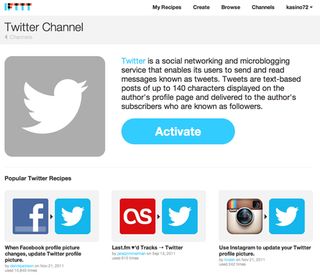
Using any social network as a sales megaphone is likely to backfire: nobody wants a news feed or stream to resemble a bunch of carnival barkers, and it's particularly important to craft your content for the social network(s) you use: don't just post once and use services such as IFTTT to blare the post across every social network you've ever seen.
02. Be open minded
Social media can be a superb source of design inspiration, and the wider your social net the wider the range of inspiring things you're likely to come across. Spread your social net widely and focus on the inspiration, not the industry: it's better to follow interesting people from other creative fields than follow dullards just because they're designers.
03. Present your portfolio properly
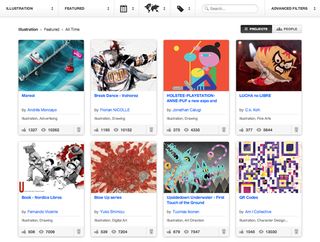
Design portfolios are essential, but if the images can't tell the full story of your creative genius then provide commentary and context to explain why you're so awesome. If you don't want to build your own, you could use a Tumblr with a theme such as SimpleFolio, or build a WordPress site with a theme such as Sideshow, Garnish or Cameron Moll's Briefed or you could use somebody else's site.
There's no shortage of contenders in that latter category, including Behance's ProSite, Cargo, 4ormat and Carbonmade. There are also skill-specific sites such as deviantArt for digital artists and 500px for photographers.
Such sites aren't just static galleries: many are social platforms in their own right, enabling designers to solicit feedback and comment on others' work.

04. Get recommendations from others
Recommendations from other people carry a lot of weight when you're pitching for work, and social sites such as LinkedIn enable past employers and clients to provide such recommendations. You can ask your connections for a nice comment about something specific to display on your profile, or you can ask them to introduce you to someone they're connected to but who isn't part of your network.
Get the Creative Bloq Newsletter
Daily design news, reviews, how-tos and more, as picked by the editors.
Quality is more important than quantity here: don't contact everybody you've ever worked with, for or near - and if you can return the favour, please do.
05. Save effort with social media clients
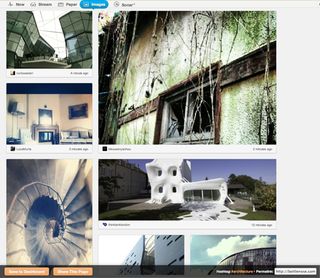
Staying on top of multiple social media channels can be a pain, but there's no shortage of apps and services to help you stay current. For example, Tweetdeck enables you to monitor and manage multiple accounts, schedule tweets for later posting and save searches for instant access. We particularly like Bottlenose, which enables you to spot what others are sharing including URLs and images.
06. Get stuck in!
Bar the odd bit of backstabbing and murder, the online design community is a welcoming one, and you can give your profile a boost by being a valuable contributor to comment threads, Twitter conversations and portfolio sites. It's a karmic thing: if you're helpful to others, then others are much more likely to be helpful to you.
07. Follow people who follow people
Many jobs and commissions are filled without agencies or employers advertising them: organisations with reasonably large social media followings can save advertising cash by blogging or tweeting when they need some new blood. The better-connected your social network, the more likely you are to find out about such opportunities.
08. Get your RSS in gear
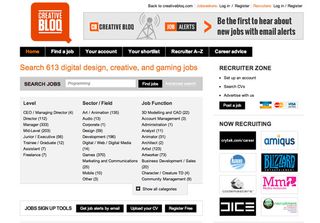
Many jobs boards - including our very own Creative Bloq jobs board - publish RSS feeds of new positions, enabling you to filter your search and see when new vacancies matching your criteria are published. Use a service like Feedly so you'll see the alerts as you're catching up with your various blogs and news sites.
09. Time announcements right
Most people's news feeds are like Niagara Falls, with tweets and status updates roaring past at frightening speed. If you're posting work-related items or things you think will delight your peers, make sure you post when people will actually be online - which, in most cases, means during office hours (in their time zone) or the early evening.
10. Make use of Lanyrd
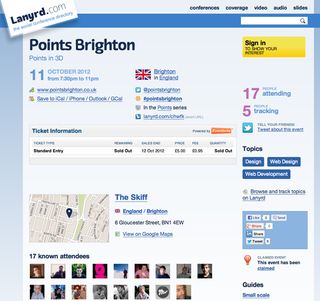
The conference circuit is a great source of both inspiration and new connections, and laying the groundwork in advance can reap dividends: sites such as Lanyrd help you to find out what's on, where it is, when it's happening and who else is going, enabling you to make introductions, organise meet-ups and plan your schedule. Twitter's great for local recommendations while you're there, too.
11. Network where the work is
There's no shortage of social networks, but the time and energy you can expend on them is limited - so don't waste your efforts on networks that won't benefit you. Concentrate your energies on the networks where your peers and potential clients are. Who knows, that might even mean Google+.
12. Find your social niche
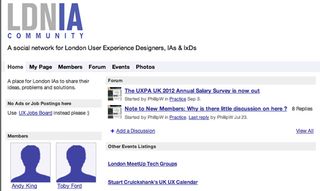
In addition to the big social networks, there are social sites focused on specific sectors. For example, user experience designers and IAs have networks such as the London IA, while lovers of all things HTML5 can talk code on sites such as HTML5 Rocks. Such sites are great places to learn new things and stay on top with technologies and trends.
13. Emulate your idols
Take some time to analyse the way people you follow actually use social media. Are they prolific with praise and retweets? Do they post often, or only when they've got something big to talk about? Are they on-message or largely off-duty? Identify what works, and decide what's worth emulating - and then do the reverse for the people who annoy you.
14. Get Dribbbling

It's been described as 'Twitter for Designers', and that's not a bad description: Dribbble is a great resource for designers of all kinds, and if you can wangle an invite it's an excellent place to show off your completed projects and works in progress to peers and prospective clients. To get an invitation you need to sign up as a prospect and then be invited by an existing Dribbble member.
15. Look local
If you're looking for business in your local area, following and interacting with local organisations, media outlets and businesses on services such as Twitter can introduce you to potential clients, boosting your profile without any ad spend. Combining search criteria with geotagging can also help identify opportunities near you.
16. Ask for feedback
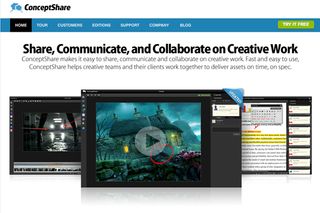
Social media's a great way to get feedback on designs or code, and there is also a wide range of dedicated design-sharing sites where you can solicit feedback from clients and collaborators on all kinds of creative work - although such sharing usually has a fee attached. Examples include Conceptshare, Cageapp, Noteboxapp and ConceptFeedback.
17. Update your profile constantly
A basic one, we know, but make sure your profile page(s), blog, show you at your best: whether it's a LinkedIn CV or just your Twitter profile page, it's all part of the marketing mix and should make it abundantly clear that you're awesome and should be hired immediately. Don't forget the contact details.
18. Stay abreast of trends
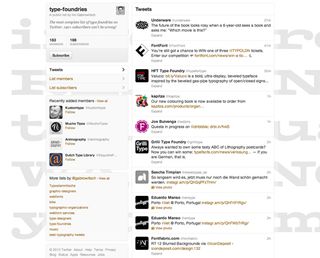
One of the most important benefits of social media is that if you follow the right people, they'll keep you abreast of the things you need to know about, whether that's the latest apps or the latest enfants terribles. You can find the right people by seeing who other designers follow, and in some cases those designers have helpfully organised their news sources into Twitter lists.
19. Think long term
Social media is a marathon, not a sprint; you want people to follow you because they find you interesting, not because you've followed the entire Twitter user base in the hope that some of them will auto-follow you back. It sounds wanky, we know, but you're building a brand here.
20. Don't drive people away
Hijacking trending topics to promote your URL, posting inane comments purely to get some profile, using irrelevant #hashtags #every #monday #tuesday and #wednesday to get your #design #business into as many #twitter #feeds as possible; these things will get you a block, not a boost. And quite right too.
21. Don't forget Pinterest
If you're a graphic designer, artist or illustrator, you should definitely be using Pinterest to further your career. The image-sharing service is a great way to find new contacts, promote your personal brand and get work. Check out our article boost your design career using Pinterest for more details.
22. Add social buttons to your website
If you want the content on your website to go viral, you need to design your social buttons in the right way. Read this article to find out how to go about it.
23. Don't just talk about work
Social media is a great way to advance your career, but don't just talk about work on social media. Networking is also about getting to know people, so they'll want to know more about you than what "amazing project" you're working on. Also remember that conversation is as much about listening as it is talking - don't let it all be one way.
24. Use Instagram

Using Instagram can be a great way to network with other designers whom you might not 'meet' in other arenas such as Twitter or Facebook. Tag your photos with relevant and descriptive hash tags to make sure your pics are included in popular Instagram lists. When people like your photos, follow them back and start chatting.
25. Ignore the idiots
The anonymity of the social media world mean there will always be haters, trolls and outright idiots out to wind you up. It's sometimes difficult not to obsess over a slight, but you need to take a step back and realise that attention-seekers are not worth bothering with. Unlike the bullies you met in the school playground, ignore these people and they actually will go away.
Words: Gary Marshall
Gary Marshall is a freelance journalist, columnist, author, copywriter, scriptwriter and radio talking head, who writes features, news stories and tutorials about technology, the Internet and pop culture.
Liked this? Read these!
- The designer's guide to working from home
- How to use special characters
- The best free script fonts
Have these tips helped you? Do you have any you'd like to add? Tell us in the comments!

Thank you for reading 5 articles this month* Join now for unlimited access
Enjoy your first month for just £1 / $1 / €1
*Read 5 free articles per month without a subscription

Join now for unlimited access
Try first month for just £1 / $1 / €1
The Creative Bloq team is made up of a group of design fans, and has changed and evolved since Creative Bloq began back in 2012. The current website team consists of eight full-time members of staff: Editor Georgia Coggan, Deputy Editor Rosie Hilder, Ecommerce Editor Beren Neale, Senior News Editor Daniel Piper, Editor, Digital Art and 3D Ian Dean, Tech Reviews Editor Erlingur Einarsson and Ecommerce Writer Beth Nicholls and Staff Writer Natalie Fear, as well as a roster of freelancers from around the world. The 3D World and ImagineFX magazine teams also pitch in, ensuring that content from 3D World and ImagineFX is represented on Creative Bloq.




